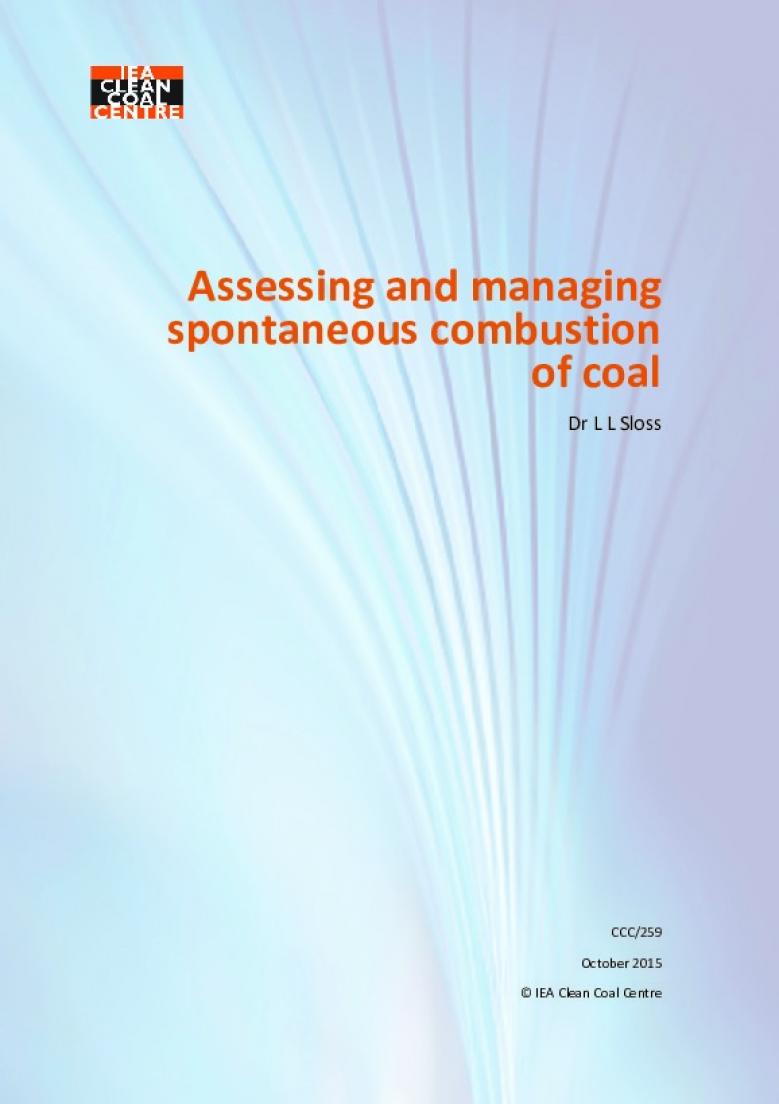Abstract
This report summarises the most common, practical methods used to determine the propensity of coal to self-heat and considers the external factors which can combine to result in a spontaneous combustion event. By understanding how and why coal spontaneously combusts, coal users can plan, predict and avoid accidents which could be costly in terms of coal lost, emissions of pollutants, and, ultimately, risk to the health and safety of those involved in the industry.
New techniques and technologies have been developed to predict coal heating behaviour and to analyse gas emitted from coal which is oxidising (an initial indication of self-heating). This information can be used to fine tune monitoring systems to give an early warning well in advance of a potential combustion or explosion event.
Spontaneous combustion management plans (SCMPs), which incorporate coal assessment as well as local and site-specific parameters, are becoming increasingly important in the coal industry to the point that they are becoming a legal requirement in countries such as Australia and, more recently, China. These SCMPs outline the monitoring which must be in place – from visual inspections through to specific on-line analysis systems – to predict and prevent incidents of self-heating. These plans also define trigger alarm responses, signals (visual, temperature or chemical signatures) which, once reached, initiate a pre-determined response. This response can be anything from simply increased vigilance or the treatment of a heating stock-pile, through to chemical spraying, fire suppression and site evacuation. SCMPs are somewhat ‘living’ documents in that they are altered to take into account any new information or concerns. They can therefore not only help avoid incidents and accidents but, following unpredicted events, can provide a learning exercise to expand on current knowledge, improve existing practice and lead to continued improvement of safety in the coal industry.
| Attachment | Size |
|---|---|
| 3.68 MB |


